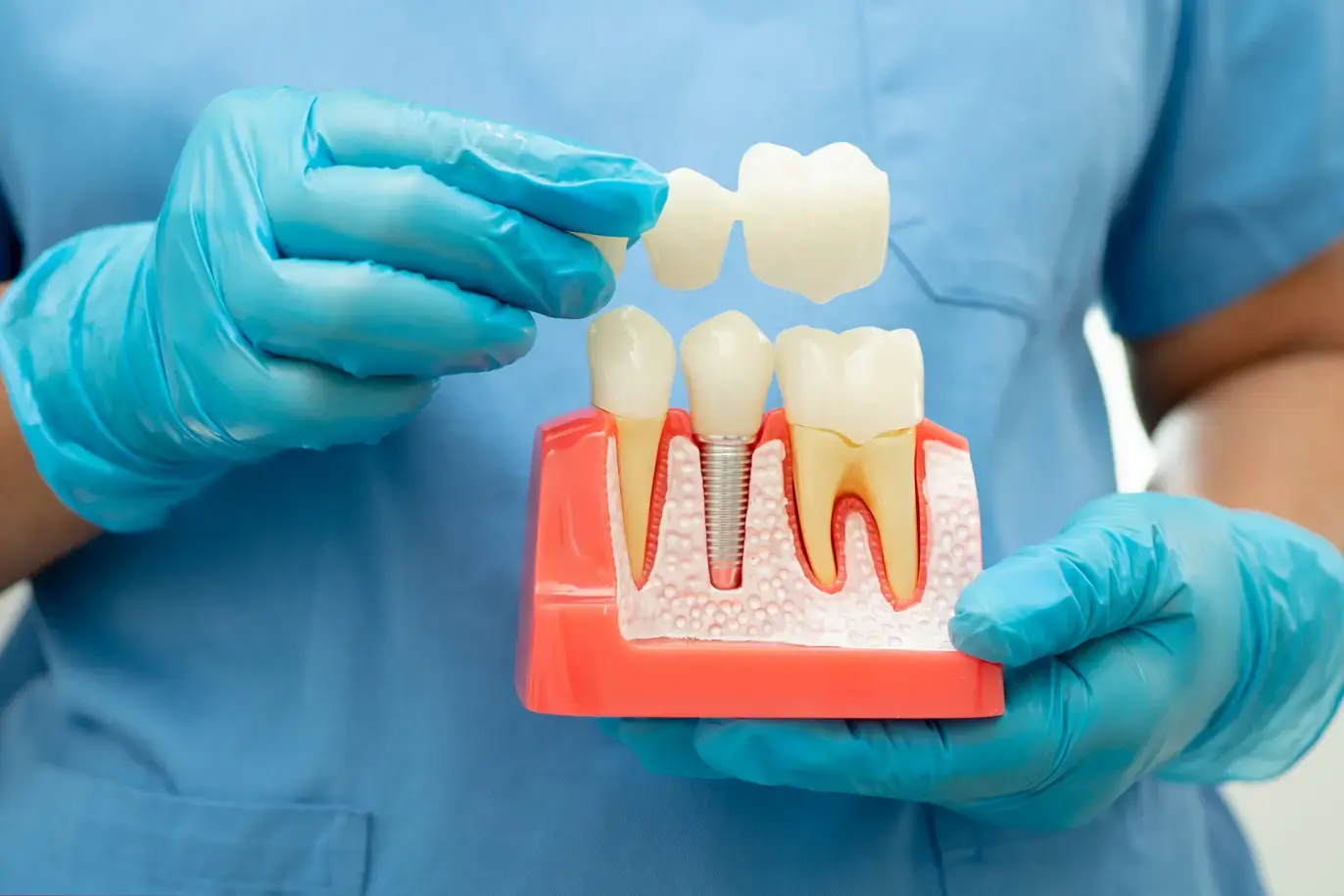
A missing tooth ruins the overall appearance as well as the functioning of the oral cavity. This hampers an individual's ability to eat, chew, swallow, or even speak properly, as phonetics are also affected. As a result, the individual may become susceptible to malnourishment and tooth misalignment. Bridges are one of the best options in such cases.
About Dental Bridges
A dental bridge is a custom-fit appliance used to replace the space created by a lost tooth in the oral cavity. They include parts like pontics (artificial teeth) that are anchored on either side of the adjacent natural teeth for a secure fit.
Dental bridges come in several types, including:
-
Traditional/classic bridges
-
Cantilever bridges
-
Maryland-bonded bridges
-
Implant-supported bridges
The type best suited for you should be decided in consultation with your dentist.
Benefits of Choosing a Bridge
-
Aesthetic Restoration: Bridges mimic the look of natural teeth and significantly improve the smile and facial framework.
-
Enhanced Speech and Chewing: They help restore the ability to chew food and speak clearly.
-
Dental Shift Prevention: Filling the gap prevents neighboring teeth from shifting out of position.
-
Durability: With proper care, bridges can last many years.
-
Cost-Effective: Compared to implants, bridges are more affordable and accessible for many patients.
Procedure Overview
Getting a dental bridge typically involves two or more visits to the dentist.
Bridge Placement Process
-
Initial Evaluation: A complete medical and dental review ensures effective treatment planning.
-
Diagnostics: X-rays and impressions are taken to assess the area and identify abutment teeth.
-
Tooth Preparation: The dentist reshapes the abutment teeth to support the bridge.
-
Impressions: Accurate impressions or digital scans are made for custom fabrication.
-
Temporary Bridge: A temporary bridge is provided for aesthetics and protection.
-
Final Fitting: The permanent bridge is checked for fit and bite before being cemented in place.
Maintenance and Aftercare
-
Oral Hygiene: Maintaining cleanliness around the bridge is essential to avoid decay or gum issues.
-
Routine Dental Visits: Regular exams help monitor the bridge and overall oral health.
Diet and Lifestyle Tips
Avoid chewing hard or sticky foods that could damage the bridge. Gentle care and a balanced diet will help prolong its life.
Risks and Considerations
Bridges may require modifying nearby healthy teeth and may not suit everyone. Talk to your dentist about risks such as:
-
Gum disease
-
Tooth decay under the bridge
-
Potential need for future restorations
